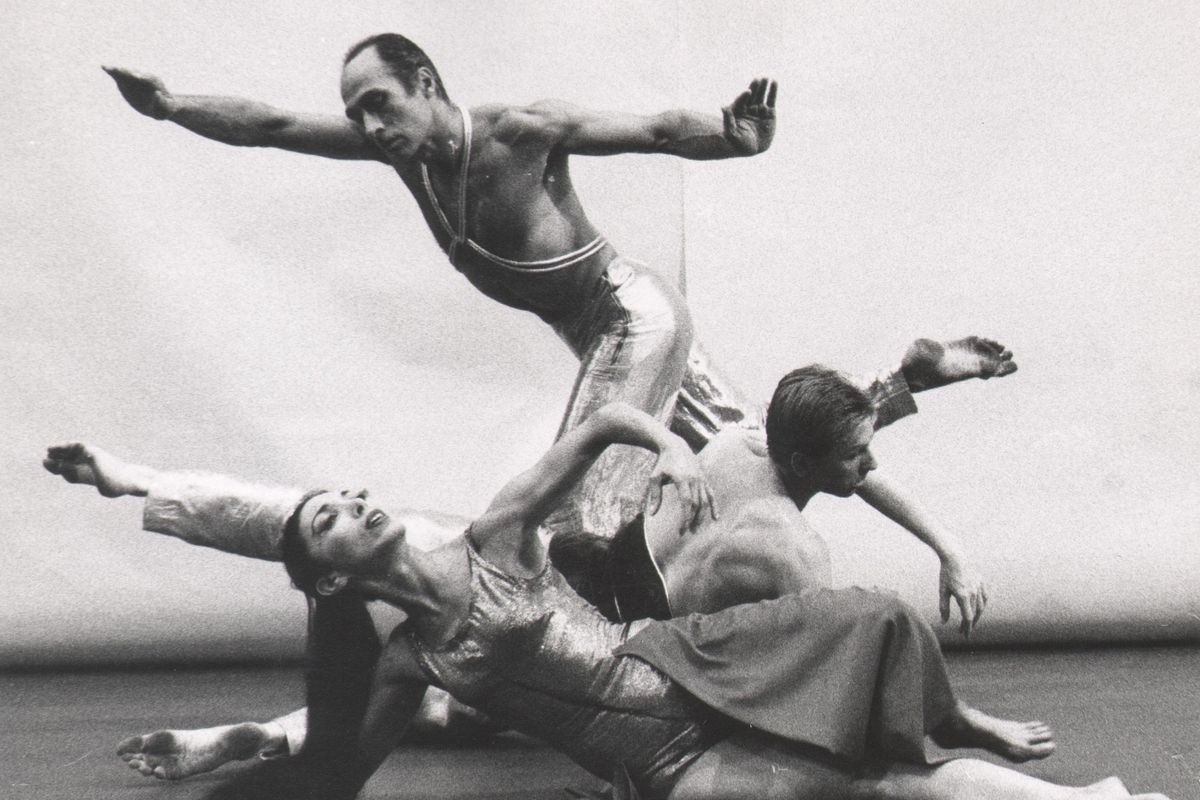
But what about the man behind the technique? Charismatic performer, prolific choreographer and model of elegance, José Limón (1908–1972) sought to humanize modern dance. Although it was never codified, his technique that incorporated Doris Humphrey’s theories of fall and recovery with an emphasis on breath and weight is considered a crucial component of the modern dance lexicon.
The Work
Limón choreographed 74 works in his lifetime, several of which remain in the repertory of the Limón Dance Company.
| • The Moor’s Pavane (1949): This moving adaptation of Shakespeare’s Othello, widely considered Limón’s greatest piece, has been performed by several ballet companies and remained in Rudolf Nureyev’s repertory for years. |
| • A Choreographic Offering (1964): This large-scale ensemble piece was a love letter to Doris Humphrey, drawn entirely from movement of her past dances. |
| • Psalm (1967): The score by Eugene Lester was composed in response to counts that Limón gave each day for company member Daniel Lewis to hand-deliver as the piece progressed. |
The Legacy Lives On
The Limón Dance Company was the first modern dance company to survive its founder. Limón believed that one should “revere and conserve, but not embalm, the treasure of the past.” He kept many of his own works in the company’s repertory while also presenting new choreography. Former company members and Limón students who have created their own work include Garth Fagan, Pauline Koner, Daniel Lewis, Lar Lubovitch and Jennifer Muller.




